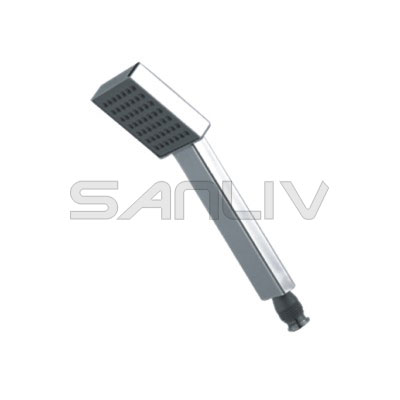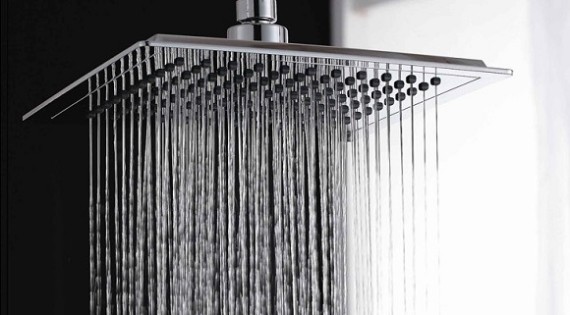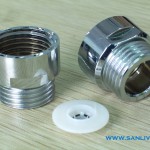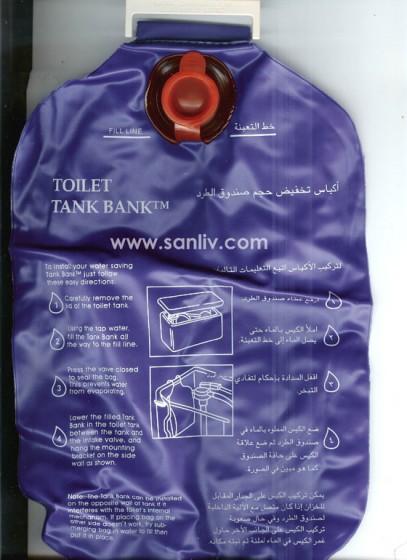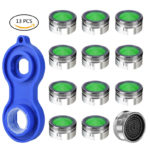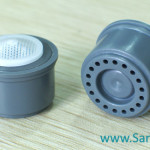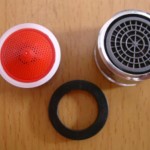El ahorro de agua es fácil! Este artículo le mostrará cómo ahorrar agua, maneras de ahorrar agua y Consejos de ahorro de agua. Cambiar el modo de usar el agua dentro y fuera de su hogar o lugar de trabajo puede hacer una gran diferencia a los esfuerzos de ahorro de agua.
Cómo ahorrar agua en su cuarto de baño?
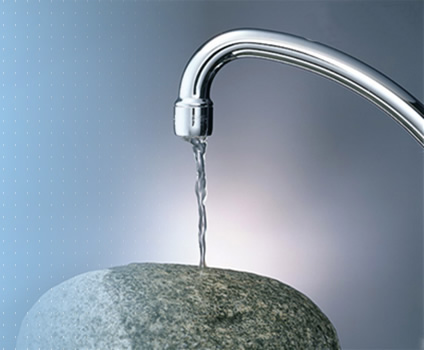
1. Instale una ducha de agua nominal eficiente de tres estrellas. (ver el intercambio de ducha)
2. Tome duchas más cortas.
3. Cerrar el grifo al lavarse los dientes.
4. Install flow control valves to further reduce water use.
5. Insulate hot water pipes. This avoids wasting water while waiting for hot water to flow through.
6. When replacing your old washing machine choose one with a four-star rating.
7. Only wash when you have a full load.
8. Fix any dripping taps or leaking toilet cisterns.
10. When waiting for running water to warm up in the kitchen or bathroom collect it and put it in the fridge or use it to water the garden.
Go to the Gardening to Save Water section for information on conserving water in your garden.
Indoors Water Saving Tips
1. Install a water meter. You might be very surprised to find out how much water you are actually using. By installing a water meter you can raise your awareness and consequently reduce your water intake.
- If you already have a water meter, learn how to read it. Among other things, it can be very helpful in detecting leaks. Read the meter once, wait an hour or two without running any water, and read it again. If it has moved, something is leaking.
- Many water meters have a small wheel or gear that turns fairly rapidly if any water at all is flowing. In the photo, it’s the little blue wheel. If you are sure all your water is turned off and you see this wheel moving at all, you have a leak.
- If your water meter is underground, you may need to remove debris from the face to read it. Squirt it with a bit of water from a spray bottle.
2. Check your plumbing for leaks, especially leaking toilets and faucets. Fix anything you find leaking. A silent toilet leak could waste from 30 a 500 gallons every day!
3. Tome duchas más cortas.
- Take showers rather than baths. By taking a bath you are using up to 100 liters of water! Showering will generally use less than a third of this amount. See the water use table below.
- * Shave outside the shower, or turn off the shower while you shave.
4. Catch the cold water that comes out of the faucet, tap, or shower while you are waiting for the hot water. Use it to water plants or pour into your toilet reservoir after flushing. Water from a hot water tank may have more sediment or rust than water from the cold water tank, but is otherwise suitable for drinking. If you use a water filter, you can filter the saved water, and put it in bottles in the refrigerator for drinking water.
5. Instale cabezas y los grifos de ducha de bajo flujo o aireadores de grifos. Low-flow devices are inexpensive ($10-$20 for a shower head and less than $5 for a faucet aerator). Most simply screw into place (you may need an adjustable wrench), and good, current units maintain the pressure and feel of the flow while using as little as half as much water as conventional units.
6. Turn the faucet/tap off while you are brushing your teeth, afeitado, washing your hands, doing dishes, y así. Turn the tap off when you shower, también. Get wet, then turn off the water while you soap up. Turn it back on for long enough to rinse. Look for a twist valve that installs behind your shower head to keep the water temperature where you set it while the water is off.
7. Wash full loads. Wait until you have a full load of clothes before you wash a load. Don’t wash a load of clothes just because you want to wear the same pair of pants the next day! When washing your clothes be sure to use the economy mode and this will save you both water and electricity! This goes for dishwashers, también. Load the dishwasher full but not overly full.
- Dishwashers, especially modern, efficient ones, can actually save water compared to washing by hand, since they pump the same water around inside the tub. If you’re ready for a new dishwasher, check both energy and water usage before you buy. [2]
- Choose your next washing machine wisely, también. Front loaders use far less water than top loaders.
8. Do less laundry. Para esto, you and your family will have to produce less laundry, but you will save time and wear and tear on your fabrics, también.
- Hang towels on a rack to air dry after you shower. Use them multiple times between washings. It will help if each family member has his or her own towel. Get several coordinating colors, if need be.
- Shower before bed. Your sheets will not get dirty as quickly and you will be able to launder them less frequently. If you like, in between, wash just the pillow cases with other similar fabrics, or have a spare set you can swap in.
- Wear clothing more than once. You can also wear the same pajamas for a few nights in a row, especially if you shower before bed. Do change socks and underwear daily, but wear slacks, jeans, and skirts more than once between washings. Wear sweatshirts and sweaters over a t-shirt or tank top and just change only the innermost layer.
- Don’t change clothes midday. If you have something especially messy to do, such as painting, gardening, or working out, set aside one set of old clothes for that purpose and wear it multiple times between washing, también. If possible, time such activities so they happen just before your regular shower so you don’t use additional clothing or take additional showers.
9. Use waste water or gray water from the bath, washing machines or dish washing on the garden. If possible, hook up a hose to the outlet on your machine to send the water outside onto your garden. To re-use bath water use a hand-operated Syphon Pump. When hand-washing dishes, if you rinse the dishes over a plastic bin, empty the bin into your garden.
Use garden-compatible soaps and cleaning products if you collect gray water for gardening.
10. Convierta su inodoro en descarga baja. Coloque una botella plástica de agua en el tanque para desplazar parte del agua utilizada para cada descarga.. Pesa la botella con guijarros o arena., si necesario. O, trate de ordenar un "save-a-ras’ o "hipopótamo’ de su junta local de agua.
- Not all toilets will be able to flush effectively with a reduced amount of water.
- Make sure there’s a lid on the bottle, especially if there are pebbles or sand weighing it down. You don’t want any pebbles or sand loose in your toilet tank.
11. Upgrade to a low-flush toilet. Low flush toilets exist that can flush reliably with 1.6 galones (6 litros) of water and less. Read product reviews to find a good one.
12. Get or create a dual-flush toilet. Use the half flush button with a dual-flush toilet. You can also buy a dual flush conversion kit to turn your water guzzling toilet into a water saver you can be proud of. Buscar en la Web para dispositivos como Selectaflush y TwoFlush. They both work well and save money.
13. Don’t flush every time. Recuerda; “If it’s yellow let it mellow, if it’s brown flush it down.”
14. Don’t use your toilet as a trash can. Each time you flush the toilet you use up to 9 liters of clean water.


